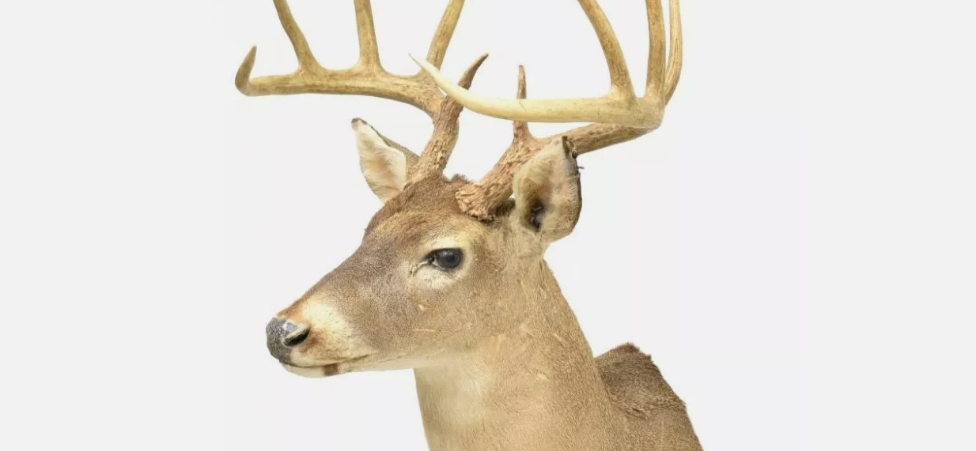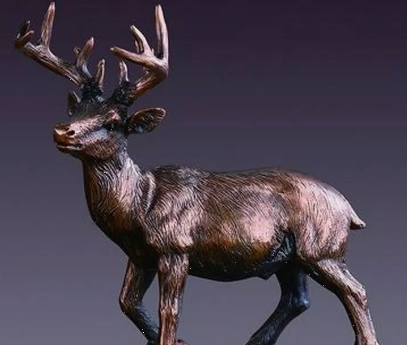The white-tailed deer (Odocoileus virginianus) is the most common deer species in North America, known for its graceful posture and distinctive white tail. The white-tailed deer specimen is a work of art that has permanently preserved the appearance of this beautiful animal through scientific taxidermy techniques. The specimens not only show the anatomical structure and physiological characteristics of the white-tailed deer, but also reflect human's love and respect for the natural world.
The process of preparing a white-tailed deer specimen usually involves selecting a healthy individual and then taxidermy, filling and grooming it to return it to its natural state as much as possible. Taxidermists in this process need to accurately capture the details of the deer, including the color of the hair, the proportion of the body size and the expression of the posture, to make it look lifelike.
White-tailed deer specimens are widely used in museums, educational institutions, and hunting souvenirs. It can not only be used as a tool for display and learning, so that the audience can better understand the ecological habits of wild animals, but also help to promote conservation awareness and arouse people's attention to the natural ecology. Through white-tailed deer specimens, we can reflect on the relationship between humans and nature, and promote the further development of ecological conservation.




